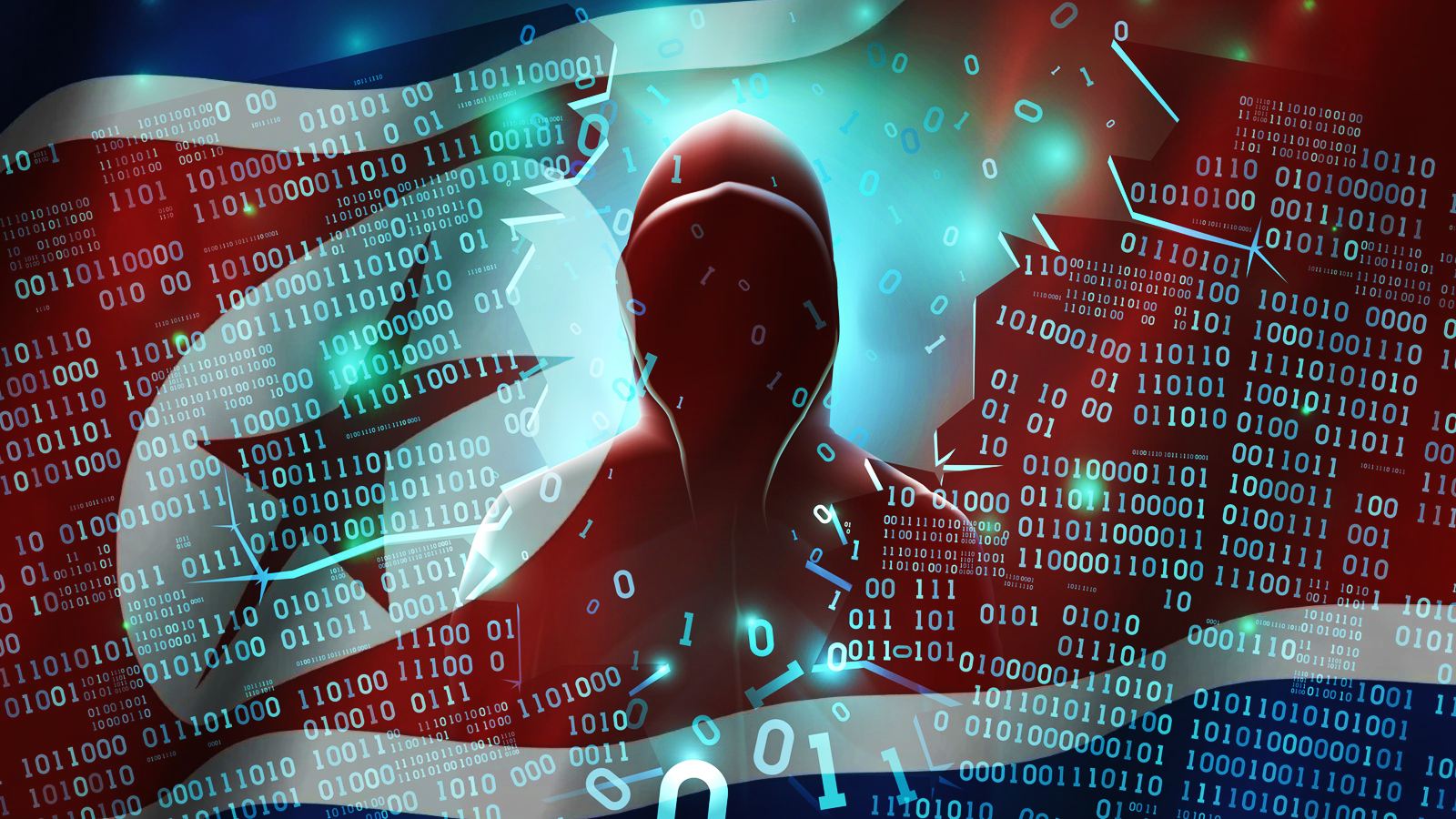Kimsuky APT: Weaponizing LNK Files to Bypass Windows Defender

Kimsuky APT: Weaponizing LNK Files to Bypass Windows Defender
In the ever-evolving landscape of cyber threats, Advanced Persistent Threat (APT) groups are constantly refining their tactics to infiltrate systems and exfiltrate sensitive data. One such group, Kimsuky, linked to North Korea, has recently been observed employing sophisticated techniques involving weaponized LNK files to deploy reflective malware, effectively bypassing Windows Defender.

Kimsuky hackers use new recon tool to find security gaps
Understanding the Kimsuky APT Attack
Kimsuky, known for targeting South Korean government agencies, defense contractors, and research institutions, utilizes spear-phishing emails as their primary attack vector. These emails contain malicious LNK files disguised as legitimate documents. When a user clicks on the LNK file, it executes a series of commands designed to deploy a reflective DLL injection payload.
- Spear-Phishing: The initial point of entry involves carefully crafted emails designed to trick users into clicking malicious links or opening infected attachments.
- LNK Files: These shortcut files are weaponized to execute malicious commands when clicked, often bypassing initial security checks.
- Reflective DLL Injection: This technique involves loading a malicious DLL directly into memory, without writing it to disk, making it harder to detect.
Technical Details of the Attack
The attack leverages a multi-stage process to evade detection and achieve its objectives. The LNK file typically contains a PowerShell command that downloads and executes a secondary payload. This payload then performs reflective DLL injection, loading the malicious code directly into the memory of a legitimate process. This technique allows the malware to operate stealthily, avoiding detection by traditional antivirus solutions like Windows Defender.
- The user clicks on the malicious LNK file.
- A PowerShell command embedded in the LNK file is executed.
- The PowerShell command downloads a secondary payload (e.g., a script or another executable).
- The secondary payload performs reflective DLL injection, loading the malicious DLL into memory.
- The injected DLL executes its malicious functions, such as data exfiltration or establishing a backdoor.
Bypassing Windows Defender
Kimsuky's techniques are designed to specifically bypass Windows Defender. By using reflective DLL injection, the malware avoids writing files to disk, which is a common detection method for antivirus software. Additionally, the use of PowerShell and other legitimate system tools makes the attack appear less suspicious.
Implications and Recommendations
The Kimsuky APT's use of LNK files and reflective DLL injection highlights the increasing sophistication of cyber threats. Organizations must adopt a multi-layered security approach to protect against these types of attacks.
- Employee Training: Educate employees about the risks of spear-phishing and how to identify suspicious emails.
- Endpoint Detection and Response (EDR): Implement EDR solutions that can detect and respond to malicious activity on endpoints, even if it bypasses traditional antivirus software.
- Application Whitelisting: Restrict the execution of applications to only those that are explicitly approved.
- Regular Security Audits: Conduct regular security audits to identify and address vulnerabilities in your systems.
Key Takeaways
The Kimsuky APT's recent campaign demonstrates the group's ability to adapt and evolve their tactics. By weaponizing LNK files and using reflective DLL injection, they can effectively bypass Windows Defender and other security measures. Organizations must stay vigilant and implement robust security measures to protect against these advanced threats.





